This summer holiday has a lot of built in expectation. As you already know, the wife and I decided that in Q4 2020 we would indulge in a bit of random injury requiring surgical repair. I severed tendons in the back of my right hand and the wife broke her foot. Both of us were somewhat limited physically for the best part of three months. So it was the first time back on the hill country farms since early October, followed by (hopefully) a month of touring the back blocks of the central North Island, Hawkes Bay and East Cape, visiting mates on their farms and hunting / fishing / swimming / boogie boarding our way back to fitness. Fitness which is very easily lost in middle age, and hard to regain.
We left home the day after the schools closed for Christmas, and were set up and ready to go on an evening hunt that night. The weather was hot and humid, proper sweaty crack weather, no wind to speak of and an overcast sky. Having had no rain to speak of for 10 days, the farm tracks were hard and dusty, and we drove the Hilux up into the back country to start the hunt in a leisurely manner, the wife’s foot being a bit of an unknown in her new Lowa boots. The hinds dropped their fawns in early November and had a bumper spring, so there’s no shortage of replacements. I don’t much like shooting hinds with fawns at foot unless I can see the fawn and know I can get it too, so we decided to shoot spikers and young stags with crappy heads.
First up was the need to secure some camp meat. We wandered slowly down a spur that flattens out before dropping vertically down to the valley floor in a series of bluffs that in days gone by held hundreds of goats. On the other side of the valley about 500m away there were several reds browsing their way down the face in the evening sun. If we were quick we would be able to nail one before it browsed too close to the really steep slope, that inevitably leads to the animal rolling too far down for an effective recovery.
I set up the 6.5 and the wife called the range on a fat young 2yr old stag - 480m - I waited for the animal to turn broadside before sending the 143gr ELD-X in through the shoulder and out the other side. The animal dropped to the shot and tumbled downslope through a thick thistle patch, before stopping in a convenient little dip. A smaller and quite runty two-year-old was stupid enough to want to find out what happened to his mate, instead of running off like the rest of the mob. So it bought an ELD-X too. Unfortunately it stumbled straight downhill before collapsing and rolling, the momentum being enough to tip it over the edge of the bluff into freefall, landing hard some 40-50m down and continuing to roll down into the thick valley bottom scrub. One for me, one for the pigs.
Attachment 157471
The exit wound in this photo is pretty typical of what the 6.5mm ELD-X will do to a decent sized red deer at half a click. It’s a reliable longer range bullet but as with most hunting bullets at a terminal velocity of ~2,100 ft./sec, it does its best work when initial expansion is through the nearside shoulder blade. Get that right, and its lights out.
Attachment 157472
Next day was too hot and humid to do much more than swat a fly, drink ale and afternoon nap. Come evening time it was looking more promising, so me and the wife climbed the hill behind the cabin and engaged in a spot of glassing. We were turning up deer left, right and centre, and pretty soon we spotted some spikes just the other side of a spur some 3 or 4 hundred yards away, before the animal ducked down and was gone out of sight. To minimise our wind the wife stalked to the top of the ridge while I went down to the track below, with us advancing on the deer from above and below. We carry UHF handsets for comms on the hill, and to stay in touch with our boys back at the cabin, and have a well rehearsed series of Morse-like clicks to indicate what we can see. With the telltale five short clicks I knew she was on, so I replied with the same a short while later as the spiker browsed out of cover into my field of view. Next second - BANG - and the trusty Tikka .308 sang out. I watched the spiker fall flat on its brisket and die right there. Good shot wife.
Attachment 157473
The Trijicon 2.5-10x56 AccuPoint I recently acquired from @chainsaw is fantastic in low light, really hoovers it up and turns dusk into day. The illuminated crosshair dot is extremely effective, combined with the clarity and unfussy eye box its been a really good purchase. The Mildot reticle delivers near perfect ballistic drops for my 18” .308 barrel; with a 200m zero, the dots correspond to 300m, 400m, 475m and 550m, with the top of the post at 620m.
Attachment 157474
The following two days were washed out with rain, which we were expecting and had come prepared for. Tournament Scrabble, competitive MineCraft, poker lessons, lots of history docos and some wet walks in the misty conditions. Strangely the deer were very shy of the rain and stayed in the bush. The short breaks in the weather showed up very few animals. We managed to squeeze in some gong shooting in between showers, teaching the kids the basics with the .223, .243 and 6.5mm.
Attachment 157475
Once the rain cleared, a cold and entirely unseasonal chill descended on the valley, which necessitated a log-burner fire on Christmas Day, which is completely unheard of. The wind was from the south east, equally unheard of, presenting some unusual stalking opportunities. I set off with the wife as soon as we could, and moved in on a normally fairly inaccessible basin that always holds reds at deer o’clock, but is normally next to impossible to hunt because the prevailing wind (westerly) gives the deer a several hundred metre head start.
We walked around the bushline for a couple of hours, peeking over the edge of the ridge. We spotted a red spiker, alone in the middle of a tussock patch, lying down in the sun. It was around 900m away, with lots of relatively easy ground we could make up out of sight, so we launched stealth mode and crept in, aiming for the last ridge-line and shooting position before open country with no cover. Tactics was important, point-to-point moves with a careful eye on the geography to ensure we weren’t detected. We set up on the ridge at exactly 300m range and waited to see what the spiker would do. The wife again had the .308 and practiced some dry fires with the new scope and reticle, before chambering a round and settling in.
At precisely deer o’clock, several large pigs emerged from the bush, followed by a couple of reds, one a large heavy stag. This put the wind up our spiker, who stood up and shaped to gap it. Just as we thought it would run after all that effort, it instead turned and faced the stag, standing broadside, and without a hesitation the wife sent a Speer straight through the spiker’s hilar.
A successful hilar shot is a spectacular DRT, especially for the spotter. The animal literally flipped over backwards as his CNS scrambled, and a huge plume of bright red lung blood erupted from its nose. It thrashed for a few seconds before lying still in a perfect position for recovery. We set off, me doing my best - but failing - not to over congratulate my wife. She’s a damn good shot and has retained all that calmness and patience from her Army training.
Here’s the damage a Speer BTSP will do at ~2050 ft/sec impact velocity. I’ve cut a slice into the rib cage above the bullet hole to drain the clotting blood on the entry side. There was nothing left of the top of the heart, aorta, pulmonary arteries or hilar junction with the lungs, just mush. The animal was incapacitated in an instant. You can see how the exit wound has gone clean through the offside leg bone and broken the leg in half. Solid terminal performance from a bullet that only started out at 2565 ft/sec.
During the days we spent as much time as we could teaching the boys basic shooting skills at short and medium range. The youngest is 12 and a bit small for a full size rifle. The Howa Mini Action .223 fits the best, but eye relief is still a problem. Nonetheless he was busily ringing gongs out to 600m with the .243 and 6.5mm, and he has lots of promise.
My 14 year old boy Iain and I were keen as to get out together in some fine weather. But this wind change to SE made things tricky on the neighbouring block. Nonetheless, we walked up to a saddle that holds dozens of reds, knowing full well we’d be winded at every turn.... we had a cunning plan.
Once we’d crested the ridge and crossed into the next watershed - watching deer take off left right and centre in our wind - we turned sharp left and walked down and around to the west, before cutting across the valley. Once across, we now had the wind in our faces, so it was time to find a spot to glass and have a cuppa. About half an hour later, a fat red spiker yearling stuck his head out of the scrub. That’ll do.
Iain stalked around to a spot where he could belly crawl into a shooting position looking down onto the animal from about 130m away. He and I exchanged the appropriate click messages on the UHF, and before I could even raise my binos to watch the shot, the deer was rolling down the hill, stone dead, thanks to a perfectly placed .223 Rem 55gr softpoint. It was great to see the young fella thriving in the environment, he talked my ears off all the way back to the cabin, full of beans. Proper father and son hunting stories to tell mum and brother and all his mates at school.
The youngest fella Stuart (12) had earned enough gong points to go chase a billy goat with the Howa. We set off in warm summer rain, with the wind back to its customary NW flow. We found a suitable goat soon enough, though it had found us too when the one Staffy dog let himself down by barking at honey bees swarming on an old fence post. The goat disappeared into the bush, so we cut around the bottom of the gully and headed up the opposite slope. The deer and the goats have eaten out these native bush stands so completely that it is easy to walk under the canopy and have a relatively clear line of sight for probably 40 or 50m. So it wasn’t long before we saw movement on the opposite side of the gully, and soon enough the goat stopped in a clearing almost directly opposite. Stuart shot from the kneeling position, placing a softpoint straight through the shoulder and flattening the goat DRT. It rolled down the bank and was caught by a handy tree.
Now we’ve moved to another property in the Taranaki. This is all about goat culling, eeling with sticks and long walks in the sunshine after another wet front passed over the the North Island. The wife has been busy with her Browning BLR .308 acquired from @Jit, which she uses very effectively on the goats over the other side of the river with the subsonic cast lead projectiles from Robert @shooternz. She prefers to shoot it with the factory iron sights - no glass required - though I have some Skinner sights on the way from the USA at some point hopefully. Lots of pest goat action and a large cauldron of goat curry to enjoy - it gets better with age and is best enjoyed with cold pale ale and a plate of smoked eel on the side. Happy days, long may they continue.
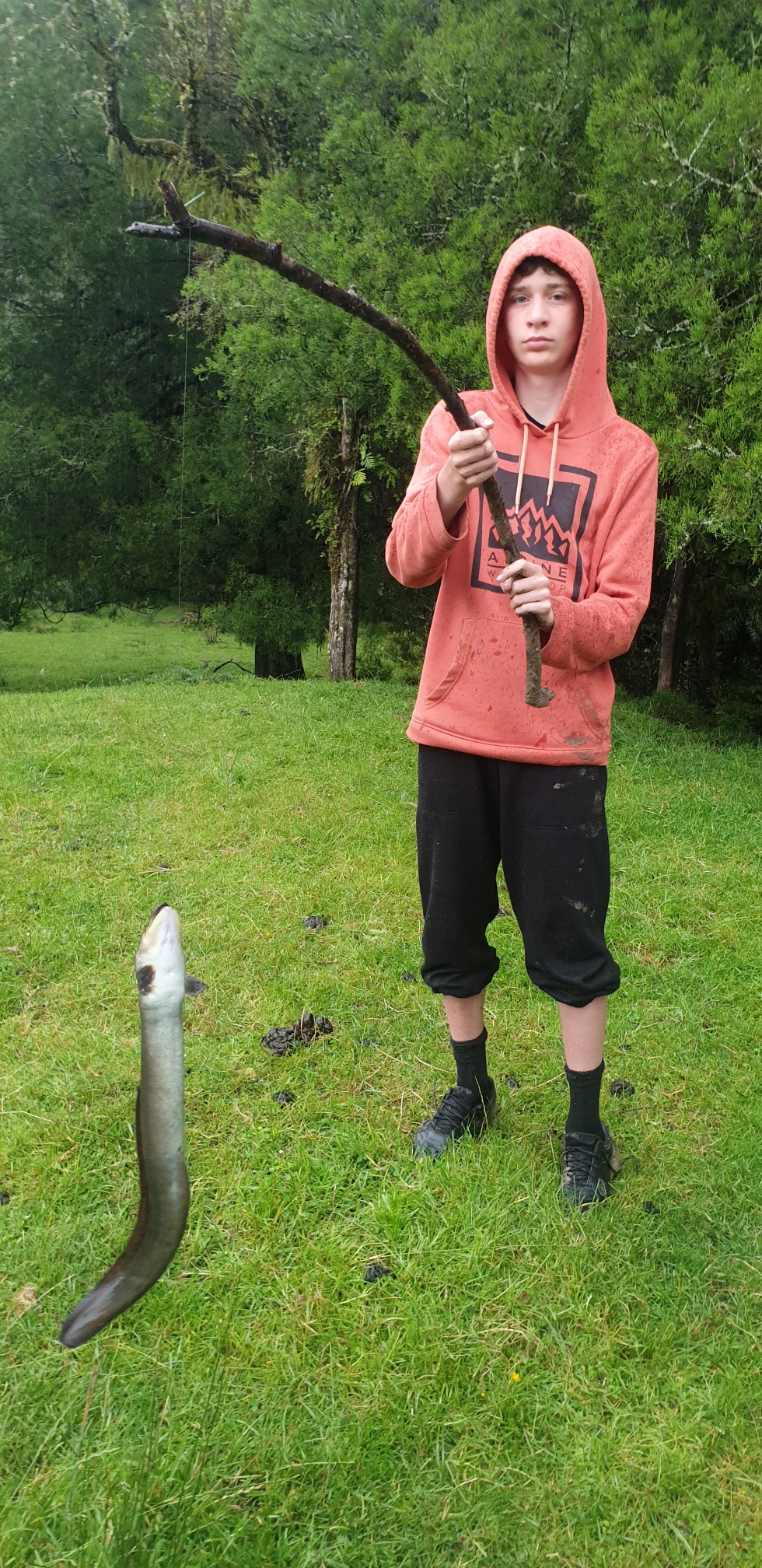
Welcome guest, is this your first visit? Create Account now to join.
Welcome to the NZ Hunting and Shooting Forums.
Search Forums
User Tag List
Results 16 to 26 of 26
Thread: Summer reds in the sun and rain
Threaded View
-
05-01-2021, 10:21 PM #1
Summer reds in the sun and rain
Just...say...the...word
Similar Threads
-
Ruahine reds
By stuart in forum HuntingReplies: 8Last Post: 24-02-2019, 12:06 PM -
Chasing reds
By Clubbie in forum The MagazineReplies: 8Last Post: 15-02-2019, 05:02 PM -
Light rain jacket vs warm heavy rain jacket
By stagstalker in forum Gear and EquipmentReplies: 15Last Post: 07-02-2019, 07:02 PM -
22 magnum on reds
By lloydcj in forum ShootingReplies: 111Last Post: 30-07-2013, 11:03 PM
Tags for this Thread
Welcome to NZ Hunting and Shooting Forums! We see you're new here, or arn't logged in. Create an account, and Login for full access including our FREE BUY and SELL section Register NOW!!




 76Likes
76Likes LinkBack URL
LinkBack URL About LinkBacks
About LinkBacks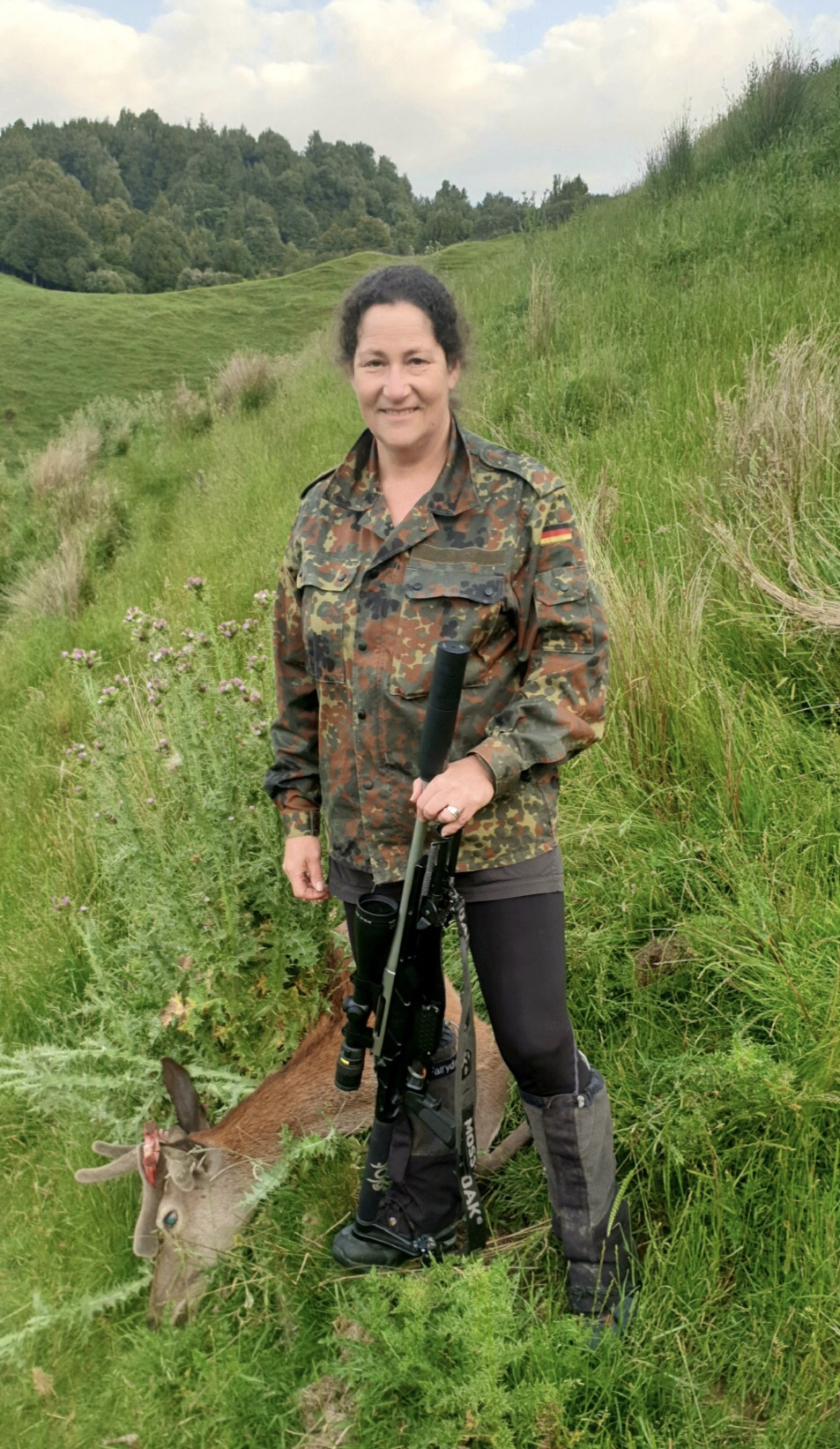
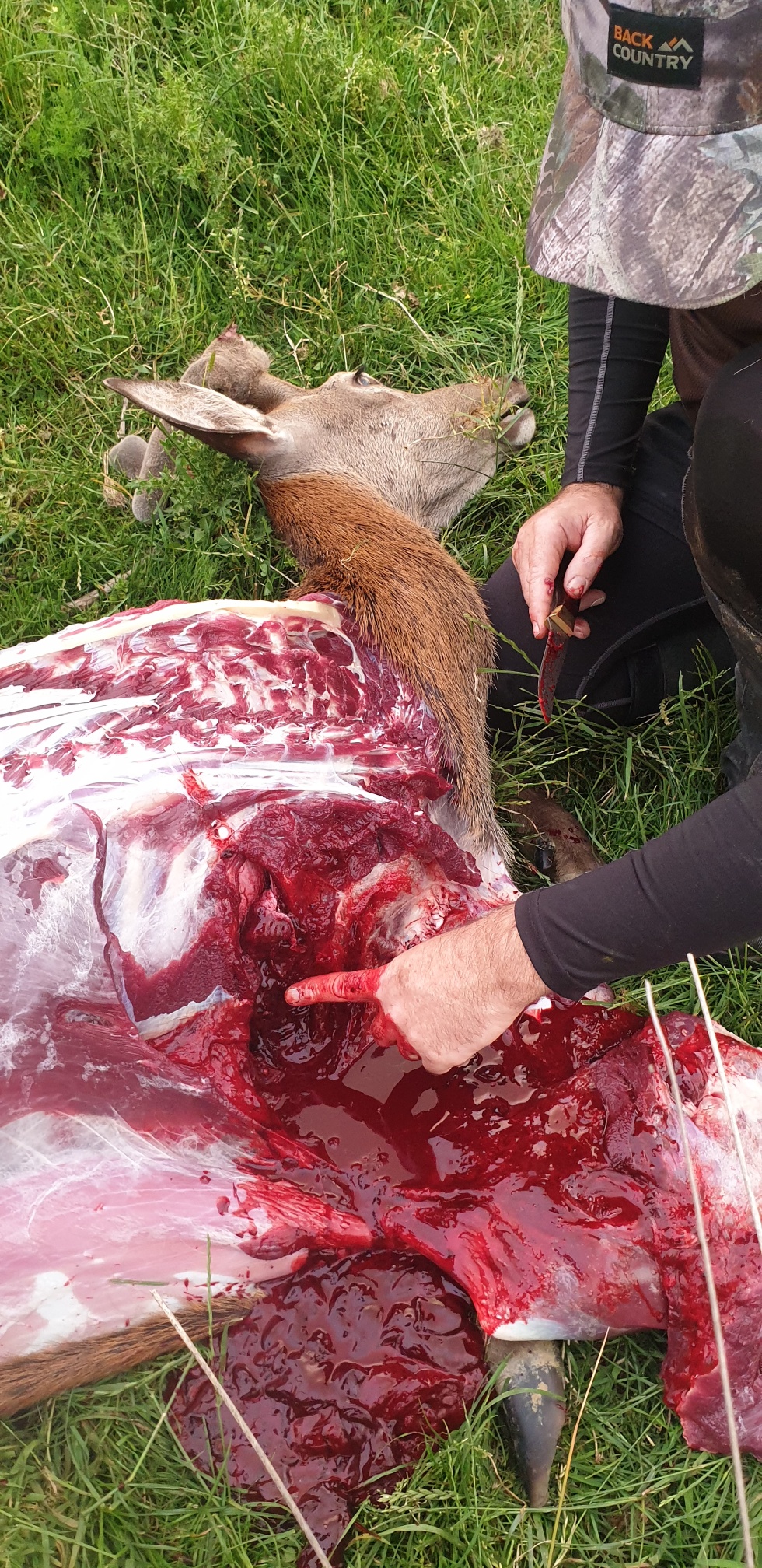
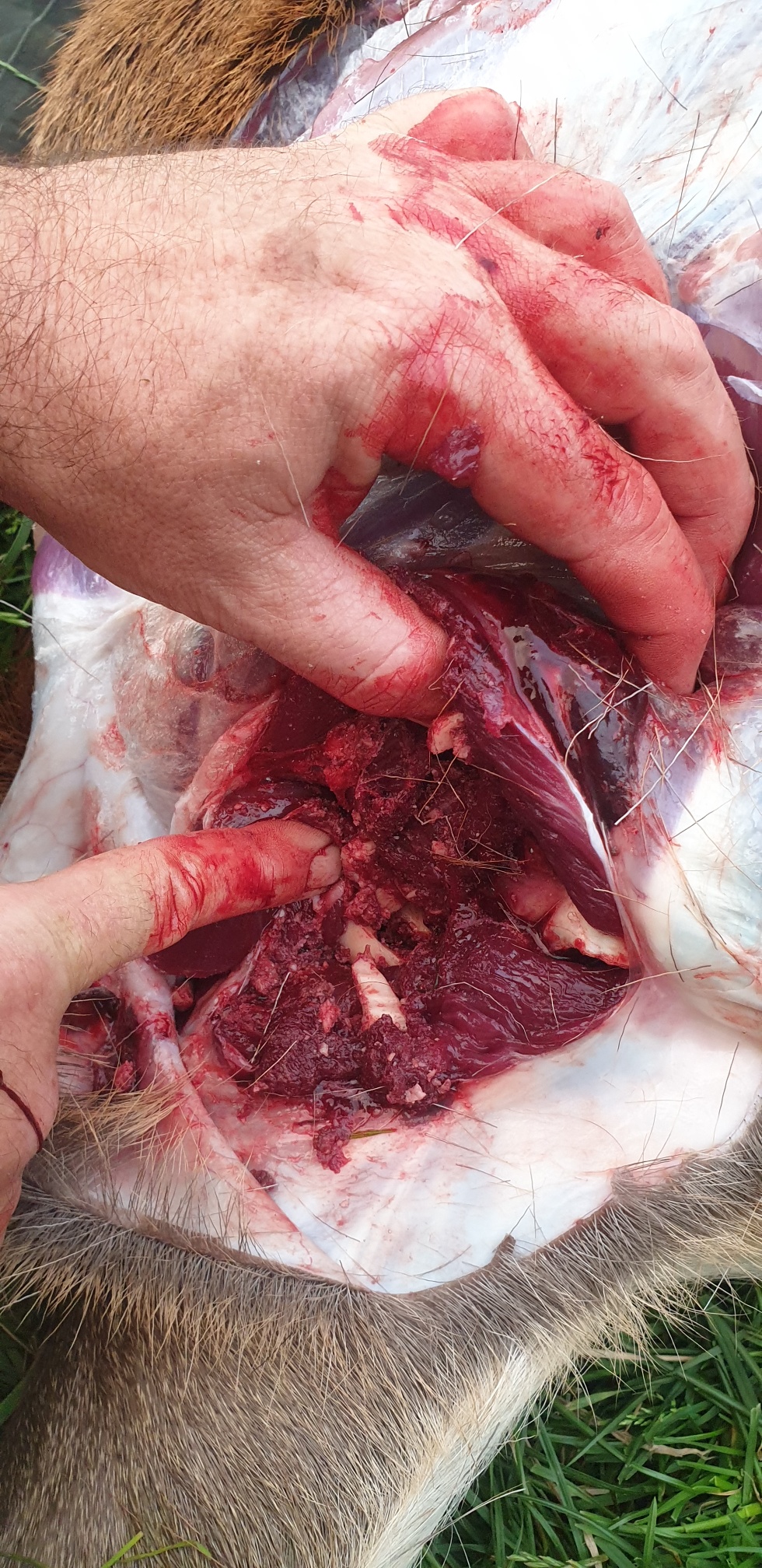
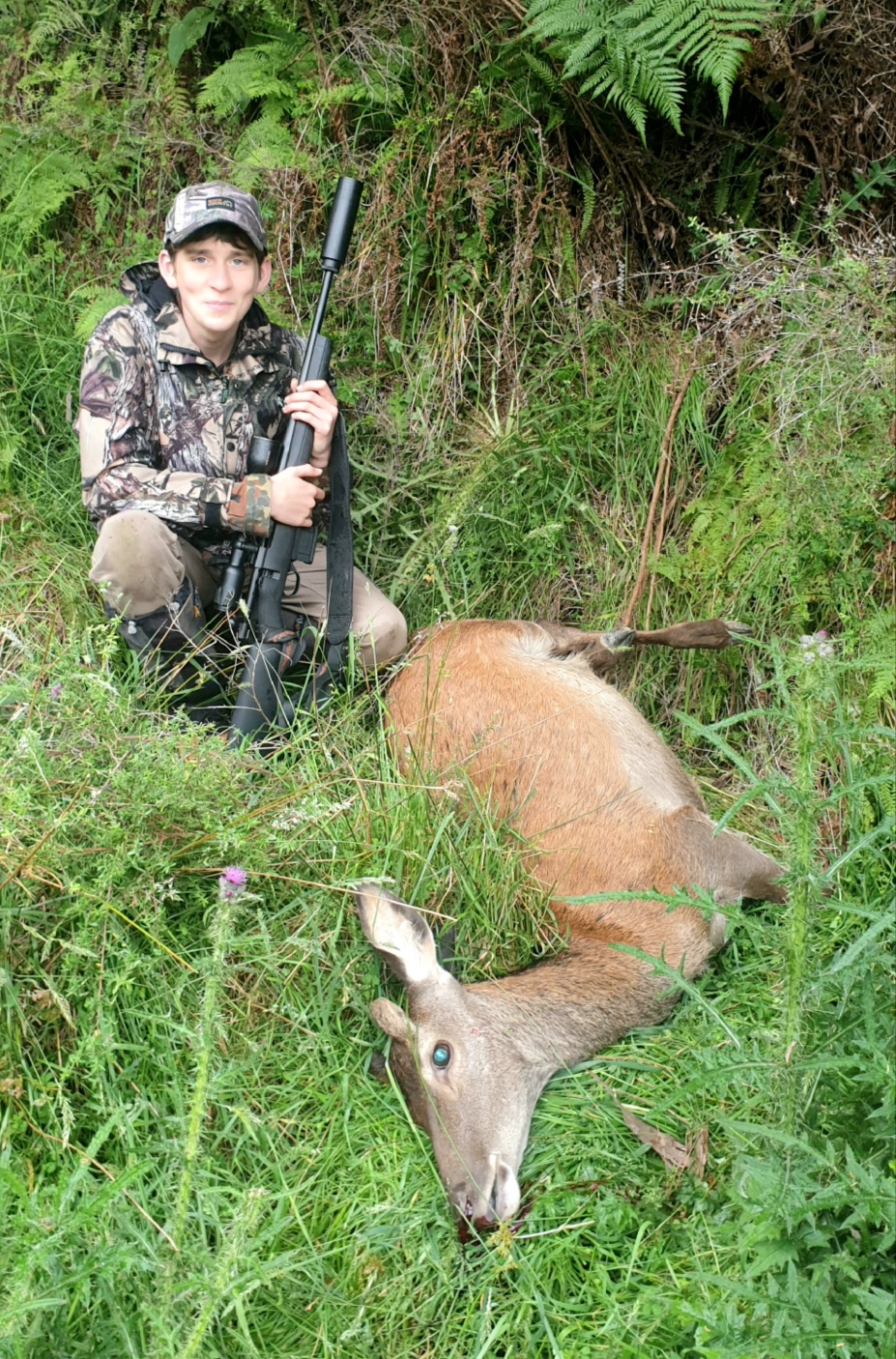
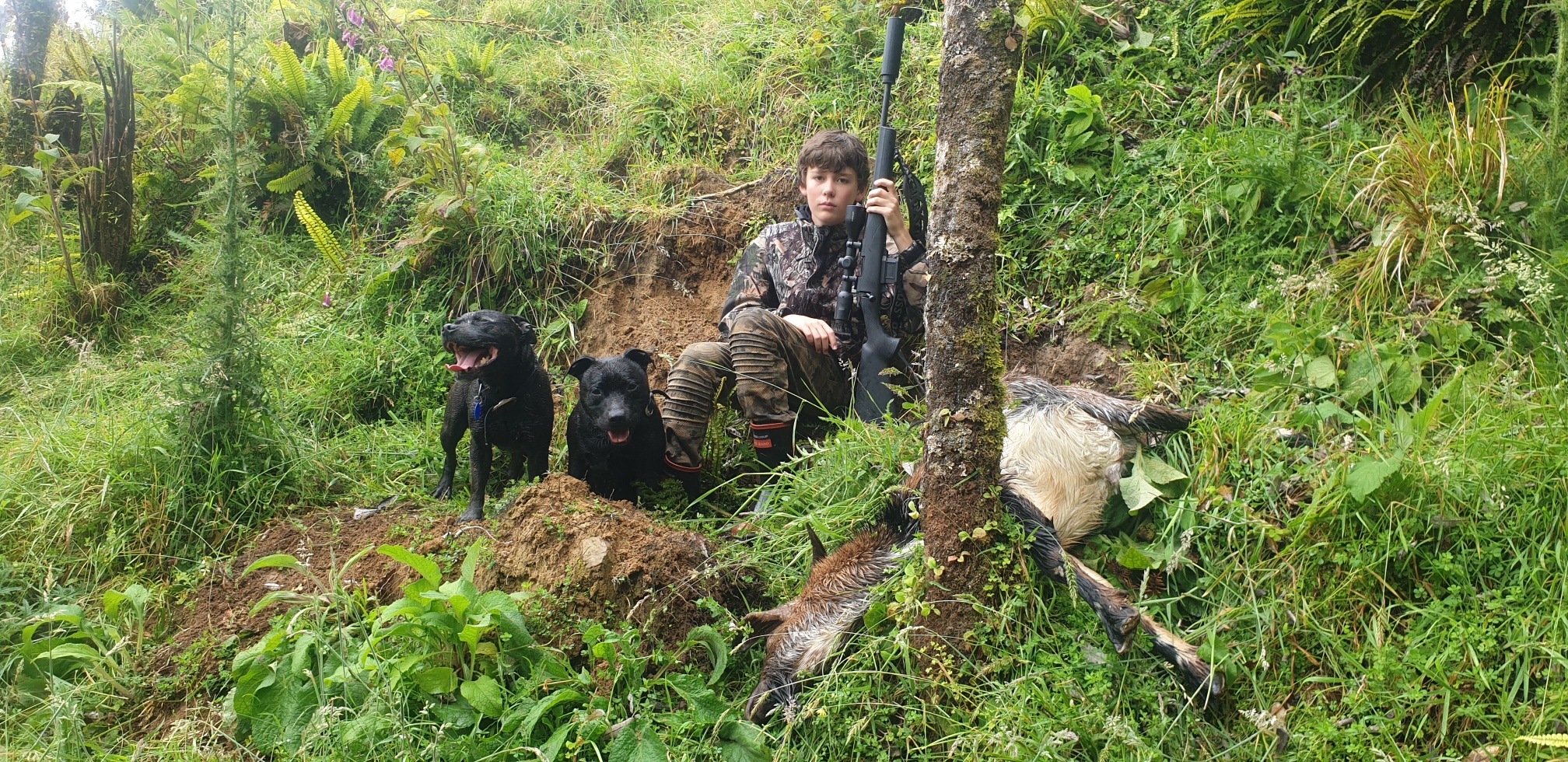
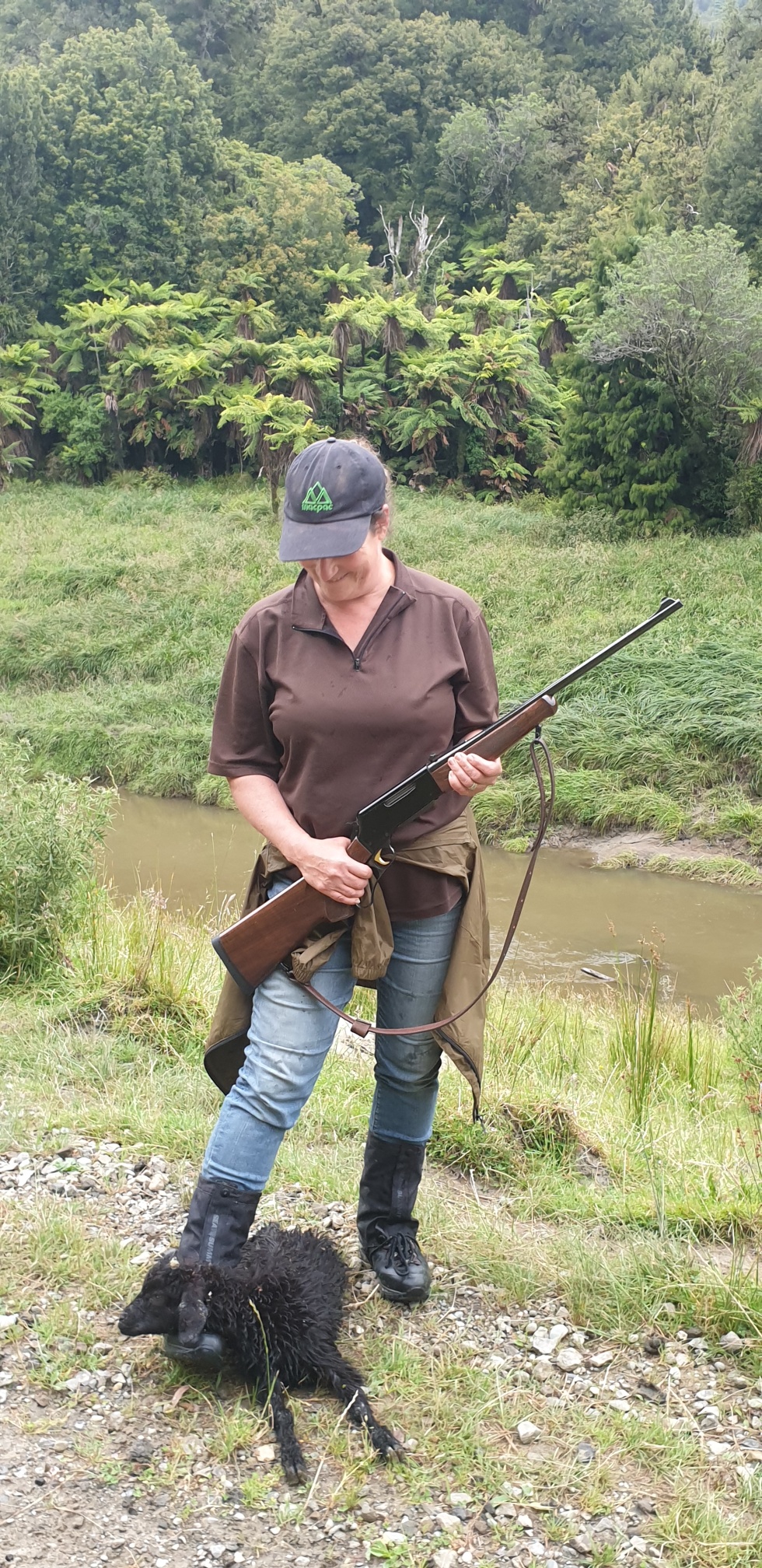
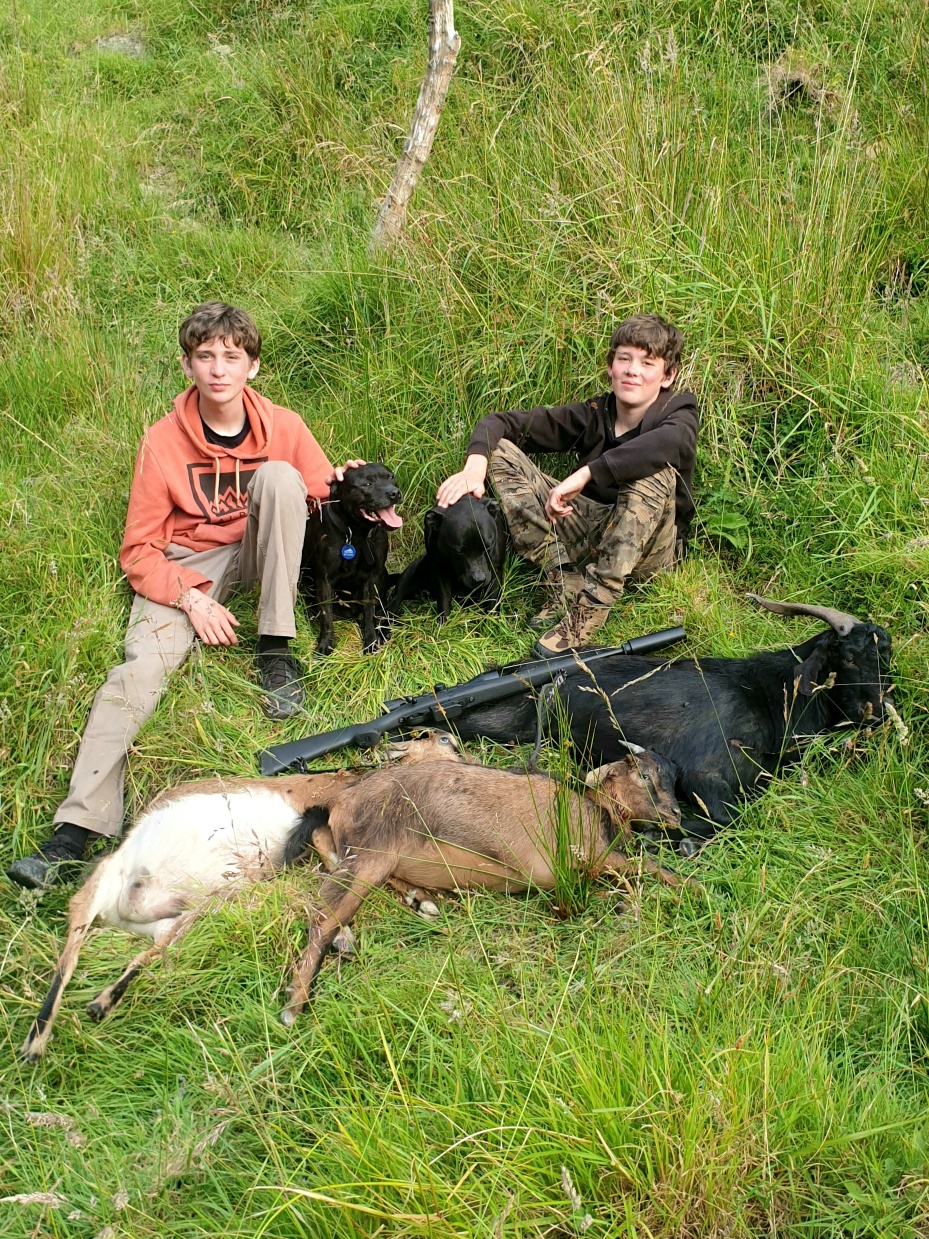





 Reply With Quote
Reply With Quote


Bookmarks